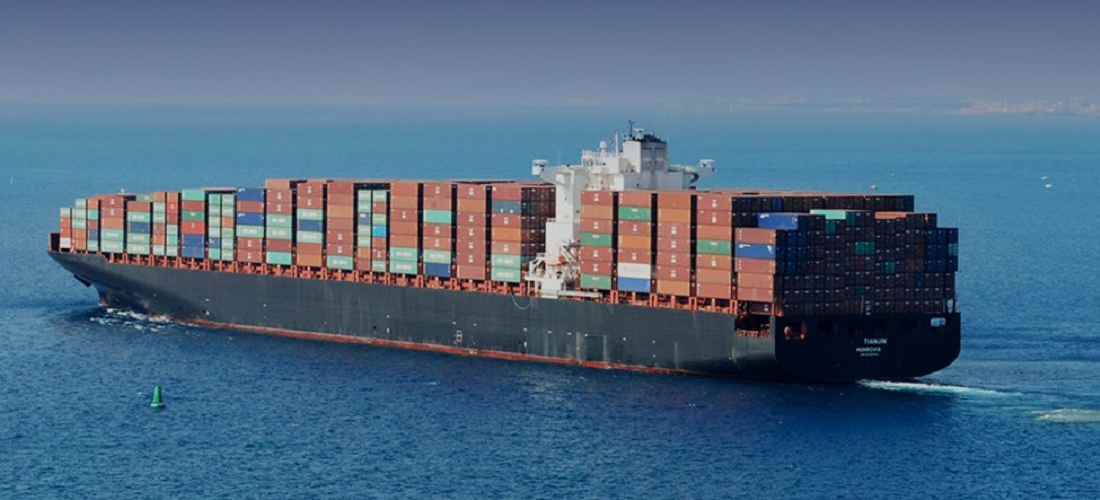
TRADE BALANCE SURPLUS REACHES US $ 1.795 BILLION IN FIRST WEEK OF SEPTEMBER
Sep, 08, 2020 Posted by Ruth HollardWeek 202037
Data released on Tuesday, September 8 by the Foreign Trade Secretariat of the Economy Ministry (SECEX / ME) indicates that the Brazilian trade balance closed the first week of the month with a surplus of US$ 1.795 billion and total trade of US$ 6.458 billion. Exports reached US$ 4.127 billion and imports reached US$ 2.332 billion. For the year, exports totaled US$ 142.447 billion and imports totaled US$ 104.372 billion, resulting in a positive balance of US$ 38.076 billion and a trade flow of US $ 246.819 billion.
Exports increased by 6.7% when comparing the averages for the first week of September 2020 (US$ 1.031 billion) with those of September 2019 (US$ 966.59 million). Using the same comparison, Imports fell by 25.8%, to US$ 582.95 million in September 2020 as compared to US$ 785.48 million in September 2019.
Up until the first week of this month, the daily average trade flow was US$ 1.615 billion and the daily average trade balance was US$ 448.69 million. Comparing this period with the September 2019 average, trade flow dropped by 7.8%.
Exports by sector and product
In comparison to the daily average of September 2019, cumulative exports up to the first week of September 2020 grew by US$ 23.01 million (+ 13.6%) in agriculture and US$ 91.03 million ( + 42.7%) in the extractive industry but decreased by US$ 46.22 million (-8%) in manufacturing products.
This combination led to an increase in total exports, notably in sales of agricultural products such as unground corn (not including sweet corn) (+ 58.3%), unroasted coffee (+ 17.3%), fresh or refrigerated vegetables (+ 150.5%), raw wood (+ 105.5%), and unprocessed tobacco (+ 82%).
In the extractive industry, the main increases were iron ore and its concentrates (+ 50.8%), crude petroleum oils or crude bituminous minerals (+ 26.3%), copper ores and their concentrates (+149.4%), other ores and concentrates of base metals (+ 133.4%) and stone, sand and gravel (+ 40.9%).
Imports by sector and product
In comparison to daily averages from September 2019, cumulative imports up to the first week of September 2020 decreased by US$ 3.41 million (-21.6%) in agriculture; US$ 23.96 million (-65.4%) in the extractive industry, and US$ 174.98 million (-23.9%) in manufacturing products.
The drop in agricultural imports was mainly driven by the decrease in whole live, dead or chilled fish (-76.7%), unground wheat and rye (-24.2%), latex, natural rubber, balata latex, gutta-percha latex, guaiúle rubber, chicle latex, and natural gums (-59.8%), raw or roasted cocoa (-100%), and unground barley (-98.7%).
In the extractive industry, the greatest impact was from crude petroleum oils or raw bituminous minerals (-100%), liquefied or non-liquified natural gas (-100%), coal, even in powder form, but not agglomerated (-10, 3%), other base metal ores and concentrates (-49.5%) and other crude minerals (-30.7%).
The transformation industry saw a reduction in imports of platforms, vessels, and other floating structures (-98%), petroleum fuel oils or bituminous minerals, except crude oils (-65.6%), iron or steelworks and other common metal articles (-64%), taps, valves and similar devices for plumbing, boilers, reservoirs, vats and other containers (-60.8%), and chemical fertilizers but not including crude fertilizers (-18.1%).
-
Ports and Terminals
Sep, 08, 2020
0
Iron ore handling at Itaguaí port rises 60.8% in July
-
Ports and Terminals
Mar, 06, 2024
0
Santos-Guarujá Tunnel Public Consultation Set for Next Week
-
Economy
Jun, 15, 2021
0
China accounts for 70% of Brazil’s trade surplus, says FGV
-
Other Logistics
Feb, 08, 2022
0
ANTAQ supports the hiring of companies to manage railroad in the Port of Santos



